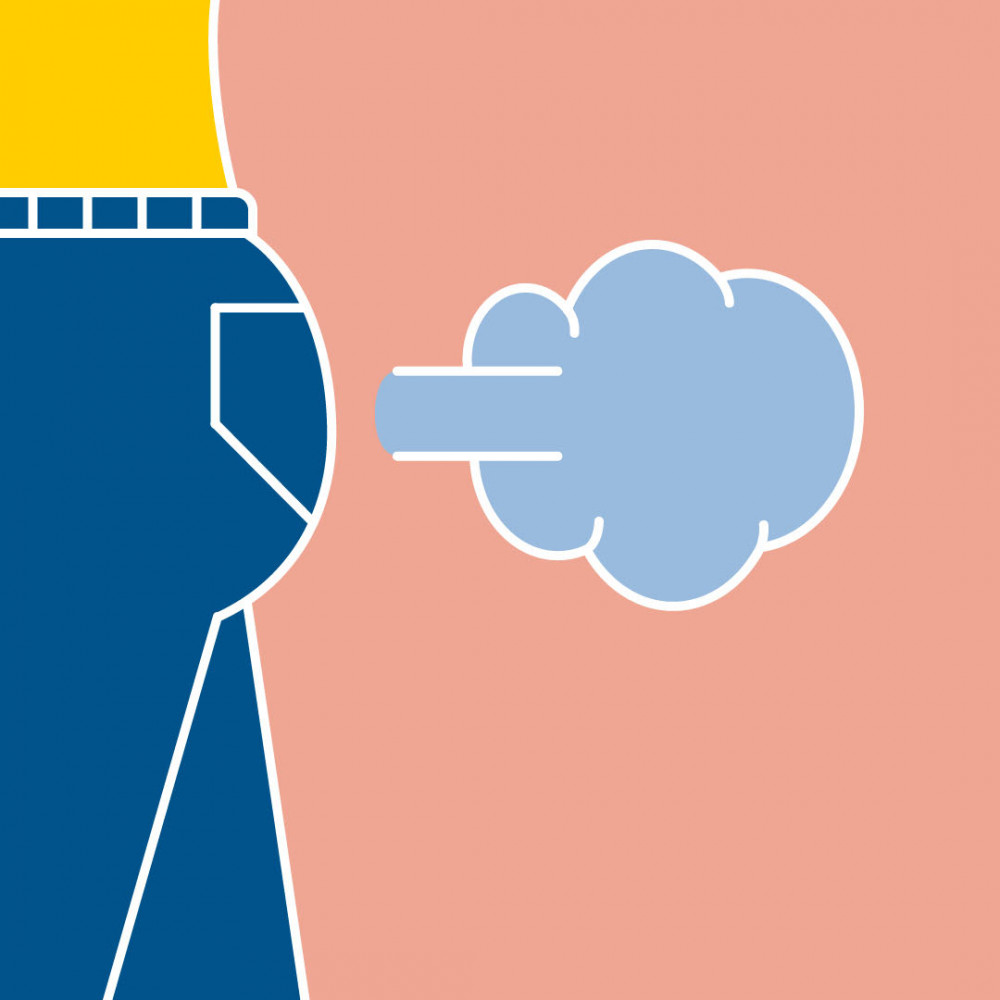Let’s get things straight. Tampons should not hurt. They should not be uncomfortable. In fact you shouldn’t actually feel that there is anything there at all. But yeah, there are times when it can happen. So why, what and how? Dr Juuni answers all the questions you want to ask, right here.
Am I doing something wrong? Um, maybe. But don’t be hard on yourself, because we all make mistakes, even when we’ve been doing it for a while. Read the next few Qs and they should clear up any issues you might be having with putting tampons in… and taking them out.
Why does it hurt when I put it in? You could be pushing it in at the wrong angle. Your vagina doesn’t go straight up, it’s at an angle of about 45 degrees, so you should be ‘aiming’ for the small of your back. Sit or stand in a comfortable position. Hold the tampon with your index finger on the string end and gently push until you can’t feel it any more. If it feels uncomfortable, it’s not in far enough. Inserting a tampon can also hurt when your vagina is dry. It’s important to not use a tampon before your period starts, or when you’re no longer menstruating.
Why does it hurt when I pull it out? As your period comes to an end, your vagina will be drier. First, make sure you’re using the lowest possible absorbency tampon (Juuni boxes are great for this because you can mix and match the sizes to suit your flow). It the tampon is still dry when you try to remove it, it will resist! Try leaving it for a bit longer – but not too long – so it’s had a chance to absorb more fluid.
Why does it hurt when I sit down? If it feels uncomfortable when you walk, sit or make other movements, you probably haven’t pushed it far enough into the vagina. Best to remove it and start again. Your index finger should go a little way in to get it in place. So wash your hands before and after!
Why does it hurt even after I’ve taken it out? If it’s an itchy or burny sensation, irritation can be caused by lots of things including sex, soap, or an infection such as thrush or an STD. Actual pain can be a result of specific conditions such as vulvar vestibulitis syndrome (VVS), endometriosis, or vaginismus – where the vaginal muscles tense up. If you have any sort of ongoing vaginal pain, go see your GP ASAP.
Why do I have pad rash? Sometime, sanitary pads can cause a rash on the vulva or around the groin area. There are a few reasons for this: First, friction (especially if you’re playing sports or running). Second, trapped moisture. A pad’s job is to collect moisture, and this might mean sweat and urine as well as menstrual blood. Third, there may be an allergic reaction to the pad’s materials, such as chemicals, adhesives and fragrances.
It is important to change your pad regularly to stop bacteria forming, and, just as with tampons, choose an absorbency that matches your flow. Don’t think that using pad for a heavy means you can keep it there for longer. That way lies trouble! Juuni pads are made with organic cotton so they’re suitable for sensitive skin, and they have a breathable, organic cotton topsheet that draws moisture away from your bits. Just saying!





